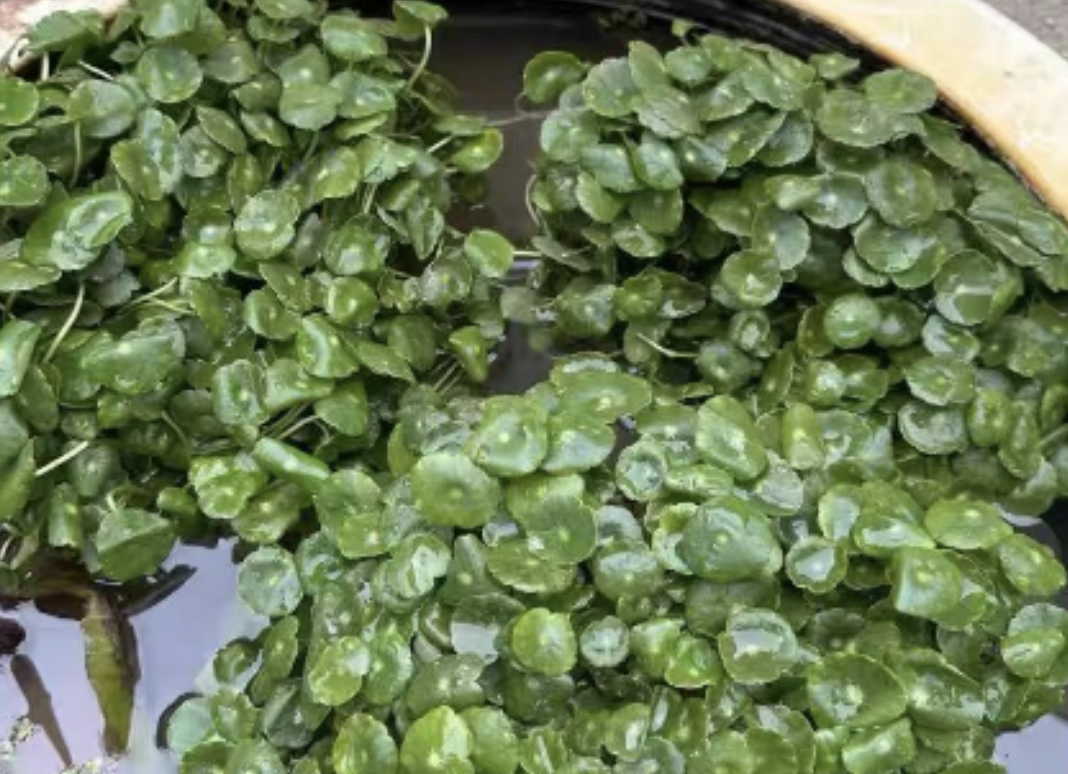Macaws are an extremely large parrot species. They have a sharp look and brightly colored feathers, and are the kings of parrots in many people's hearts. Macaws have extremely long tails, and their sickle-shaped beaks are only comparable to those of cockatoos. The face is featherless and can turn red when excited. The appearance of both sexes is similar. It is the most beautiful and largest species among large parrots. The most interesting thing about macaws is their face, some of which are covered with stripes, like the painted脸谱 in Beijing Opera. Among them, the hyacinth macaw is the largest parrot, with a measured body length of 95-100 centimeters.

Macaws are very smart. Wild macaws only scream, but after domestication and training, they can imitate various sounds, and can also perform small tricks such as walking on a tightrope, cycling, pulling carts, and somersaults, and even imitate human speech. Macaws are not only beautiful, but also very strong, and are known as the "mighty king of birds". This is not only because macaws are the largest of the parrots, but also because they have a sickle-like beak that is strong and powerful when pecking.
Among them, the distribution range of the scarlet macaw is the widest. Its head and shoulders are bright red, and the back half of the dorsal feathers are blue, and the junction of the two colors is yellow. Among the same species, they are also the largest in size, weighing about 1.4 kilograms and being about 1 meter long.

Macaws are social birds that like to move in pairs and often gather in small groups of 10 to 30. During the breeding season, more than 40 family members can be seen moving together. Macaws are very smart, they shout loudly, and the quacking and quacking screams echo through the forest canopy. They communicate within the group by making sounds, marking their territory, and identifying each other. Some species can even imitate human speech.
They sleep in clusters in the forest at night and can fly long distances in the morning. They feed on fruits, nuts, insects, and snails. It is relatively easy to accept human training, and can get along well with other types of parrots, but it will also bite other animals and strangers. Some can live to be 80 years old. It can imitate the gentle voice of a human, but in most cases, it will scream like a wild parrot.
Macaws are also called strongmen, mainly because of their strong pecking power. In the Amazon forest, there are many palm trees with large fruits. The seed coats of these fruits are usually extremely hard, and it is difficult for people to smash them easily with a hammer, but macaws can easily use their beaks to open the skin of the fruits and eat the seeds inside. They mainly eat figs, palm fruit and other fruits, berries, seeds, drupes, vegetables and other foods, including many poisonous species, but macaws will not be poisoned. Pecking at clods of soil on the cliff wall, this is a behavior that appears to neutralize the toxicity after eating unripe or poisonous fruits. The soil they eat contains special minerals, which makes them immune to all poisons.
In addition to its beautiful and huge appearance and huge power, the macaw also has a skill, which is invulnerability to all poisons, which stems from the soil it eats. The macaw's diet consists of many fruits and flowers, including many poisonous species, but the macaw will not be poisoned. Pecking at clods of soil on the cliff wall, this is a behavior that appears to neutralize the toxicity after eating unripe or poisonous fruits. The soil they eat contains special minerals, which makes them immune to all poisons. Macaws are very timid and fly away when they see people. Wild macaws usually feed mainly on fruits, seeds and nuts.
Reproduction: Breeding starts from November to May, and nests in the hollow trunks or caves in the limestone cliff. The number of young birds that can be reared each season is quite small, which is also one of the reasons for the continuous decline in the number of wild animals.
- Distribution: Distributed in Mexico, Colombia, Venezuela, Peru, Ecuador, Bolivia, Argentina, Panama, Guyana, Suriname, Guyana, Brazil.
- Conservation level: All are included in the IUCN Red List of Threatened Species 2012 ver3.1.




Leave a Reply